Iceland Flora
Iceland, not
usually noted for its wildflowers and other plants but we managed to
find a few interesting ones even though much of the landscape looks
like this.
-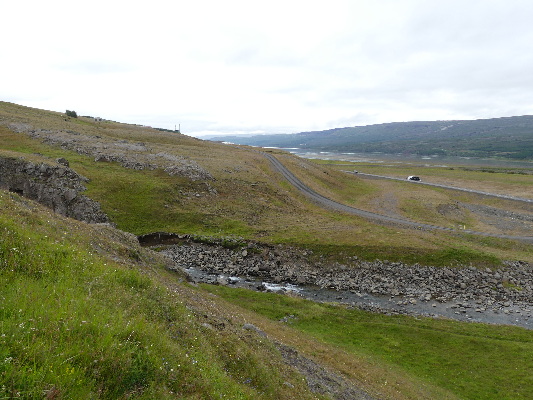
We visited a botanical garden not far from the parsonage Nupur on the Dyrafiord Bay in north western fiord region of Iceland.
It was started in 1909 and is considered one of the cornerstones of Iceland's horticultural history.
In English the name is Skrudur in Icelandic it is difficult for those raised speaking English to pronounce.
The Icelandic poet Guðmundur Ingi Kristjánsson described the garden like this in 1938:

This is what you see as you approach.
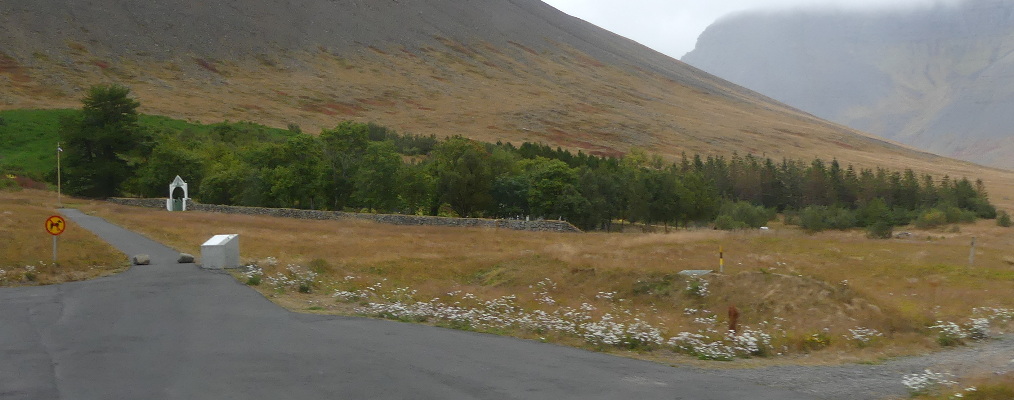
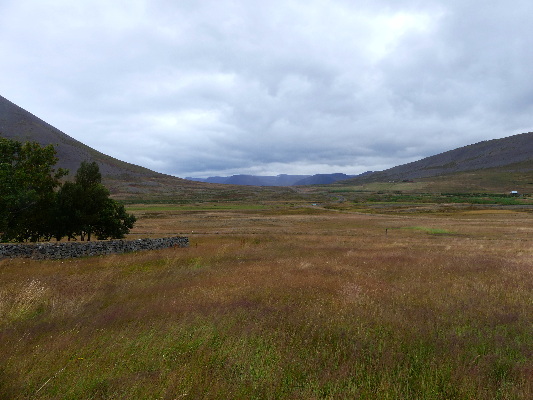
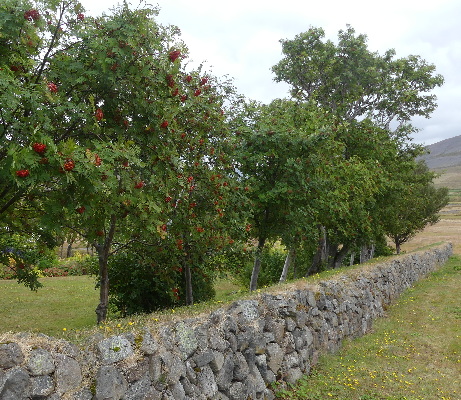
And just inside the gate.
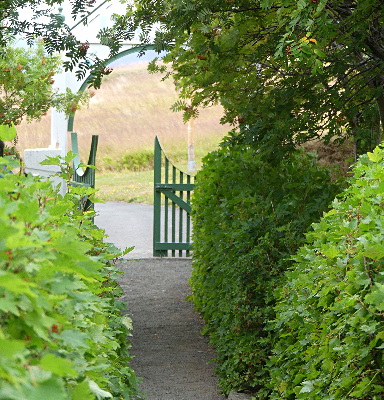
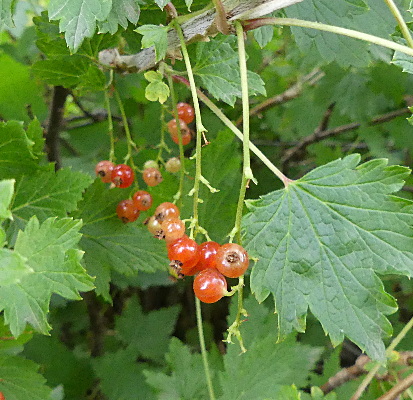
We recognized this fruit as the red currant native to Western Europe.
Ribes rubrum it is a member of the genus Ribes in the gooseberry family.
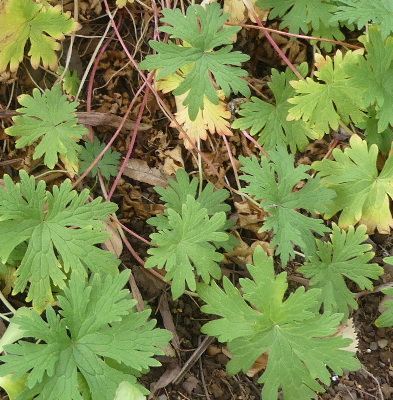
Geranium himalayense, commonly known as Lilac Cranesbill unfortunately not in bloom when we visited.
It is native to West Himalaya, Afghanistan, Kyrgyzstan, Nepal, Pakistan, Tajikistan, Tibet, and Uzbekistan.
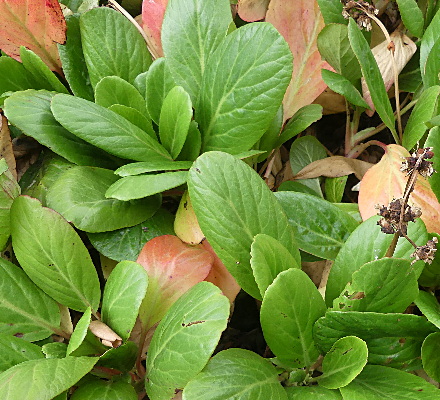
This was identified as Bergenia crassifolia a species of flowering plant of the genus Bergenia in the family Saxifragaceae.
Common names for the species include heart-leaved bergenia, heartleaf
bergenia, leather bergenia, winter-blooming bergenia, elephant-ears,
Korean elephant-ear, badan, pigsqueak, Siberian tea, and Mongolian tea.
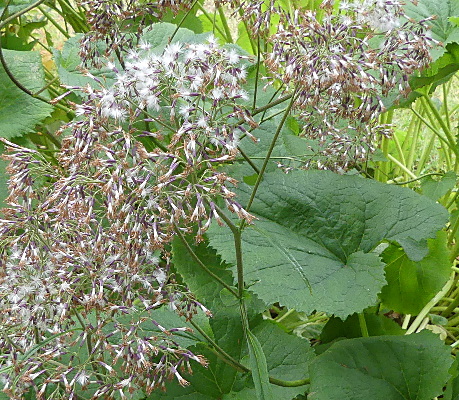
I didn't see a marker for this plant so my identification is rather uncertain but I think it is a :Adenostyles alliariae a herbaceous perennial flowering plant in the daisy family.
Since it has begun to set seed makes it hard to find appropriate pictures to compare to.
If my identification is accurate the area of origin of the species is considered the mountainous southern Europe
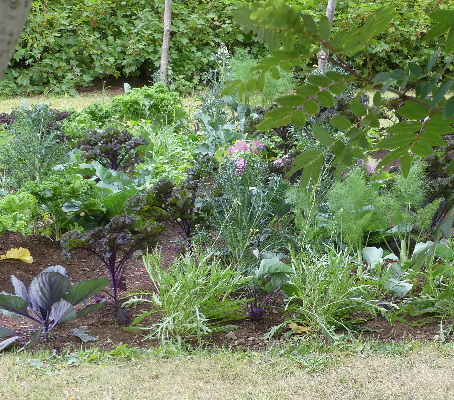
A small vegetable garden inside the botanical garden.
It is only fitting since it was first established to commemorate the
first successful attempt at growing potatoes in the Westfiord Area.

The Primula waltonii (here going to seed) from Tibet where it is found growing at elevations as high as 19,000 ft.
With bluish-green leaves, its long slender stalks produce umbels of funnel-shaped flowers
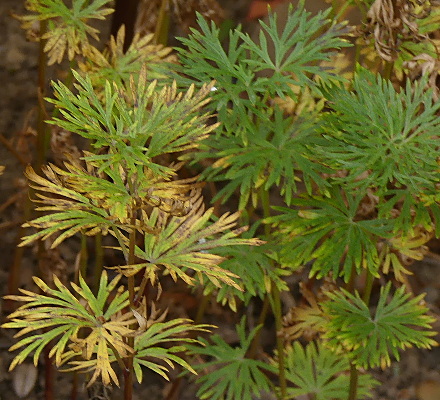

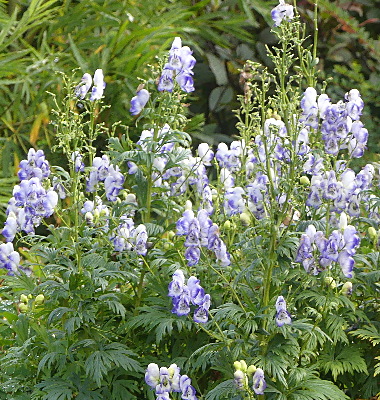
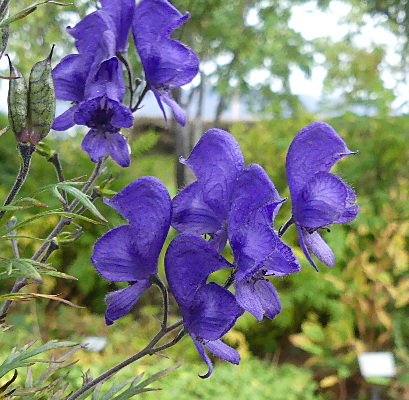
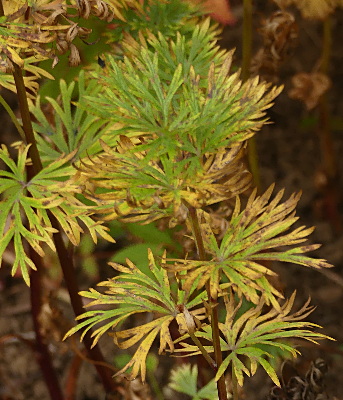
Aconitum napellus, genus Aconitum of the family Ranunculaceae, common name monkshood, aconite, Venus' chariot or wolfsbane
It is a highly toxic plant native and endemic to western and central Europe.
.
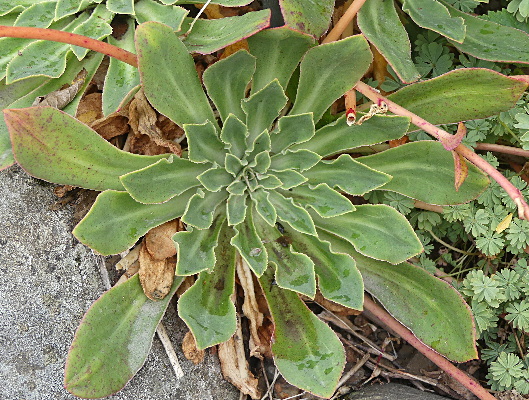
Unfortunately this Lewisia cotyledon wasnot in bloom when we visited
It is in the family Montiaceae known by the common names Siskiyou lewisia and cliff maids.
Native to southern Oregon and northern California, where it grows in rocky subalpine mountain habitat.
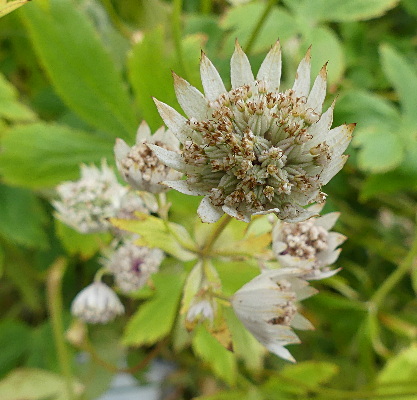
According to Wikipedia Astrantia major, the great masterwort, is a species of flowering plant in the family Apiaceae, native to central and eastern Europe.
Growing to 90 cm (35 in) tall by 45 cm (18 in) broad, it is an herbaceous perennial, much used in gardens
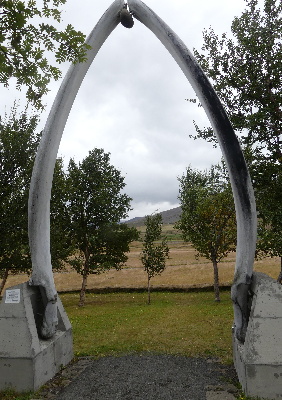
This gateway made from the jawbones of a whale can be found near the garden.
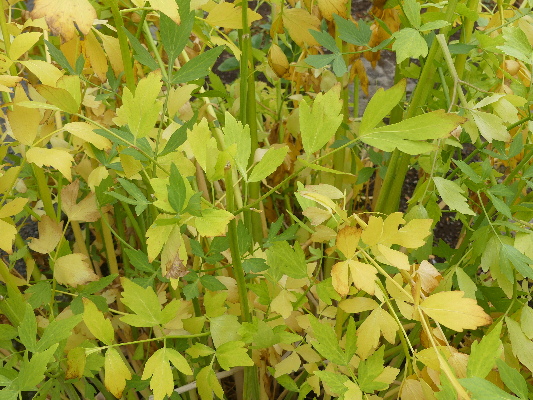
Perennial celery, Livesticum officinalis, also called lovage or mountain sweetheart, is a perennial plant that belongs to the Apiaceae family
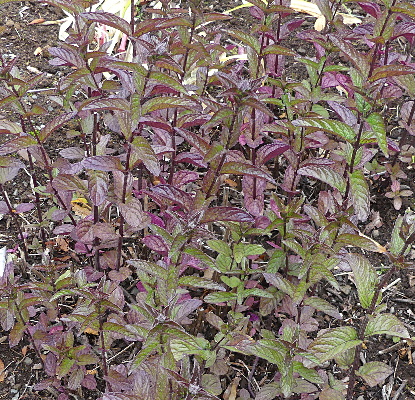
Mentha piperita peppermint, can be used asan oil, leaf, leaf extract, and leaf water.
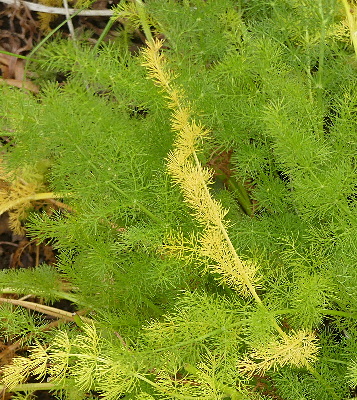
Meum athamanticum is a highly aromatic perennial plant.
Common names include baldmoney, meu, meumand spignel.
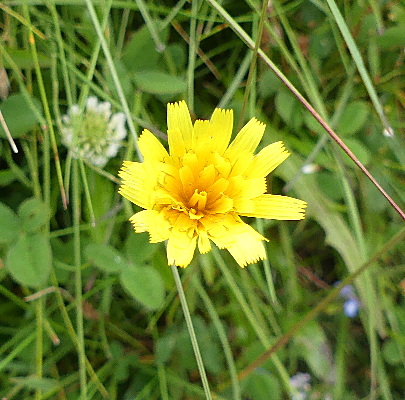

Leontodon autumnalis fall dandelion, fall hawkbit, autumnal hawkbit
It thrives in disturbed soils.
It can be found across most of Europe, Iceland, America's northern coasts and Greenland as well as New Zealand and Chile.
This is considered an invasive species over much of its range.
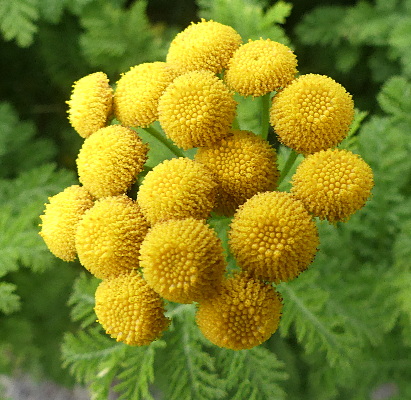

Tanacetum vulgare, called golden buttons, tansy, common tansy, bitter buttons, or cow bitter
Native to temperate Europe and Asia.
It has been introduced to other parts of the world, including North America, and in some areas has become invasive
The next are a few I have managed to identify even though we didn't see them in the botanical garden
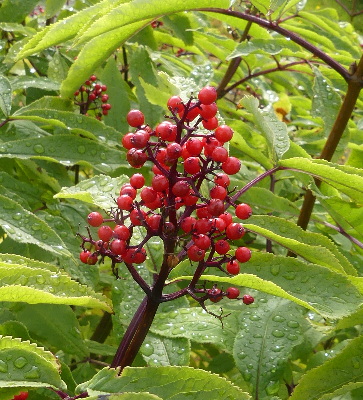
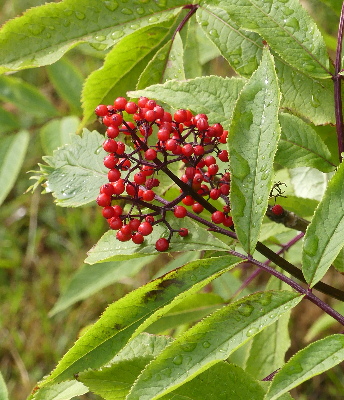
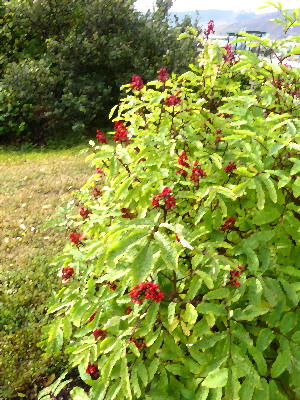
Sambucus racemosa, European Red Elder, Red Elderberry
The fruit of many elderberry species has been known to cause stomach upsets to some people.
Any toxin the fruit might contain is liable to be of very low toxicity and is destroyed when the fruit is cooked
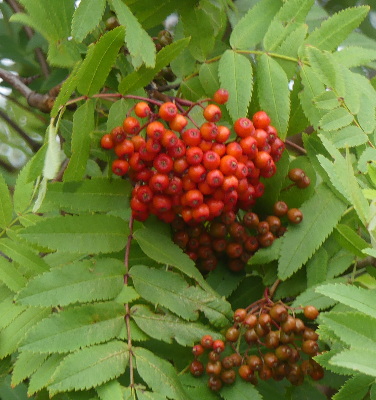
Rowan Sorbus aucuparia or American Mountain ash Sorbus americana
I can't be sure which of these two closely related species is
pictured since they are most easily distinguished by which continent
they are growing on.
The continental plates split through Iceland so it could be either one. That's my excuse and I am sticking to it.
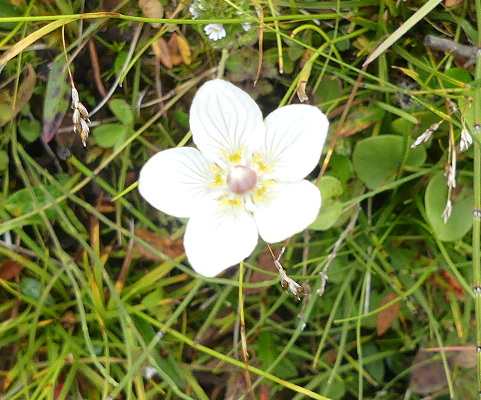
Parnassia palustris, Marsh grass of Parnassus, Northern Grass-of-Parnassus, or just Grass-of-Parnassus, or bog star
Despite its name with a flower like this it clearly is not a grass.
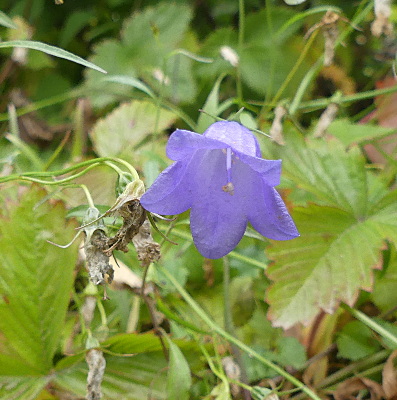
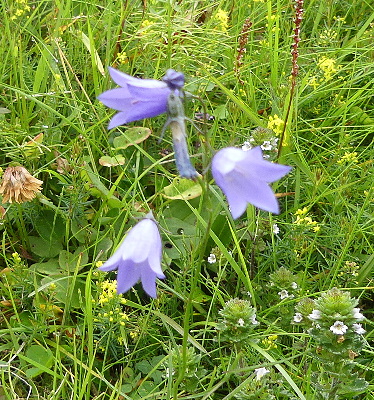
The common name is a Bellflower but
that doesn't help much if you are trying to deturmine the technical
name since there more than 450 plants with that common name.
So other than being an attractive little flower we found growing wild in Iceland I have no information.
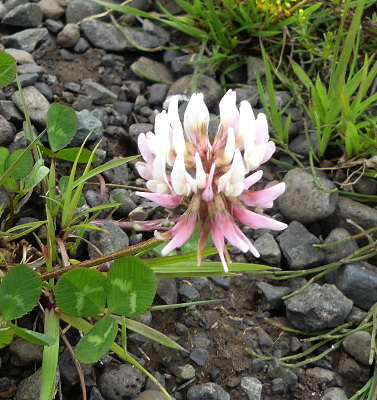
Trifolium repens, the white clover is native to Europe, including the
British Isles, and central Asia and is one of the most widely
cultivated types of clover

Fragaria vesca commonly called the wild strawberry, woodland strawberry, Alpine strawberry, Carpathian strawberry or European strawberry
There were only a few so we only picked one each, they were delicious.
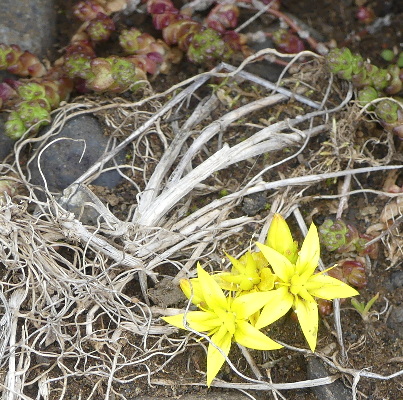
Sedum acre, commonly known as the goldmoss stonecrop, mossy stonecrop, goldmoss sedum, biting stonecrop and wallpepper
It is versatile growing in poor soils, sand, rock outcrops, and rich garden soil, under a variety of light levels.
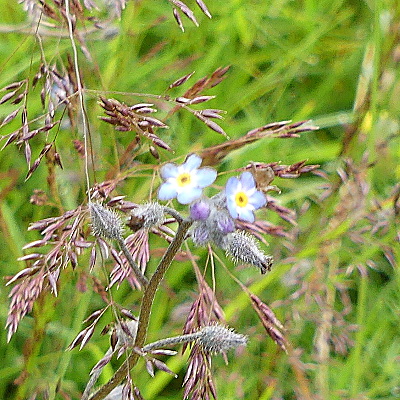

Myosotis latifolia, broadleaf forget-me-not is an African species, naturalized in the US
As you can see the flowers are quite small.
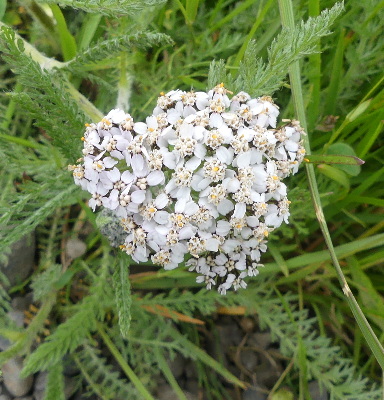
Achillea millefolium, commonly known as yarrow or common yarrow
Other common names include old man's pepper, devil's nettle, sanguinary, milfoil, soldier's woundwort, and thousand seal
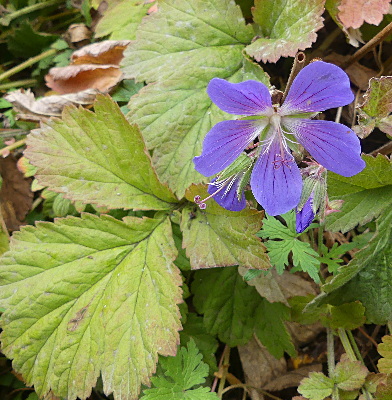
Geranium erianthum, the woolly geranium, is a flowering plant found in China, Japan, Russia, and North America.
Within its range, it is often known
as "wild geranium" or "cranesbill" but those names are shared with
other geraniums so aren't a lot of help.

Petrosedum forsterianum (Rock Stonecrop), formerly known as Sedum forsterianum
It isn't very demanding as to habitat. It can be found in rocky poor soils dry or wet.
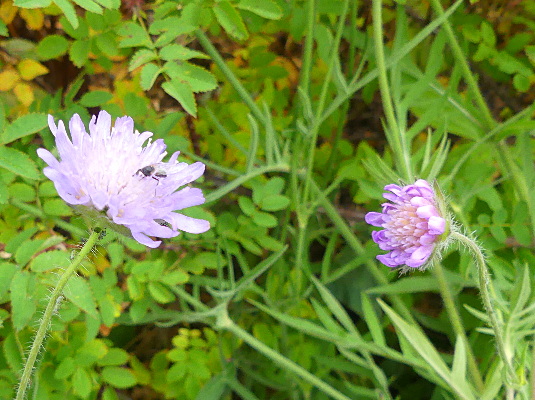
Knautia arvensis, commonly known as field scabious or gypsy rose
Species of scabious were used to
treat scabies, and many other afflictions of the skin including sores
caused by the bubonic plague.
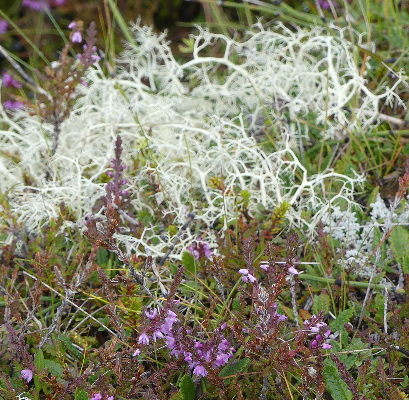
I can only identify the white stuff
in this picture isn't a plant it is a lichen a symbiotic partnership
between an alga and a fungus.
Sorry I can't identify it more exactly.

Ladies Bedstraw galium verum.
It can be found across Europe, North Africa, and temperate parts of Asia.
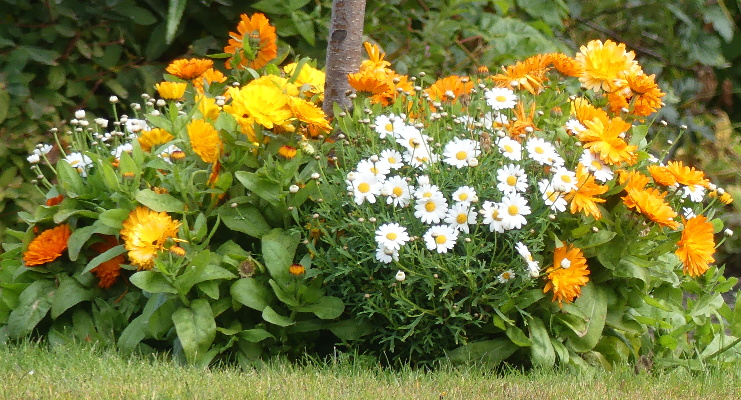 .
.
Shasta daisy is a tripple hibrid Leucanthemum × superbum and Calendula officinalis, the pot marigold, common marigold, ruddles, Mary's gold or Scotch marigold is another member of the daisy family.
Both are domestic not wild. We saw them both in Ísafjörður. in northern Iceland.
And here are three that I haven't been able to identify.
If you can help please send email.to Nancy and Alan
Thanks..
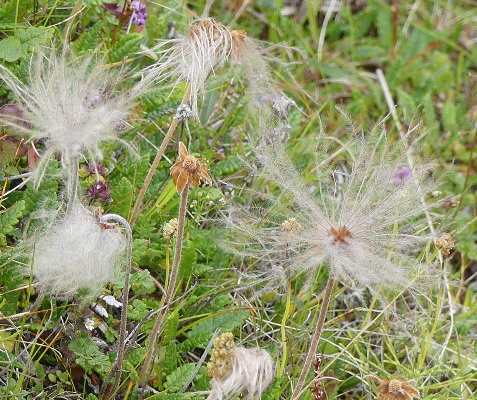 Iceland 1
Iceland 1
 Iceland 2
Iceland 2
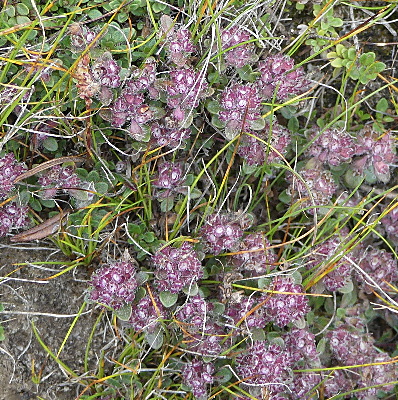 Iceland 3
Iceland 3
Go to our Science Fun
page
Go to our Travels page
Go to our Personal home
page
Go to our Community page
Email Nancy
and
Alan

www.mrtc.com/anvk web site by Alan Kuehner is licensed under a Creative Commons Attribution-Noncommercial-Share Alike 3.0 United States License.
Permissions beyond the scope of this license may be available at http://members.mrtc.com/anvk/permit.html.

